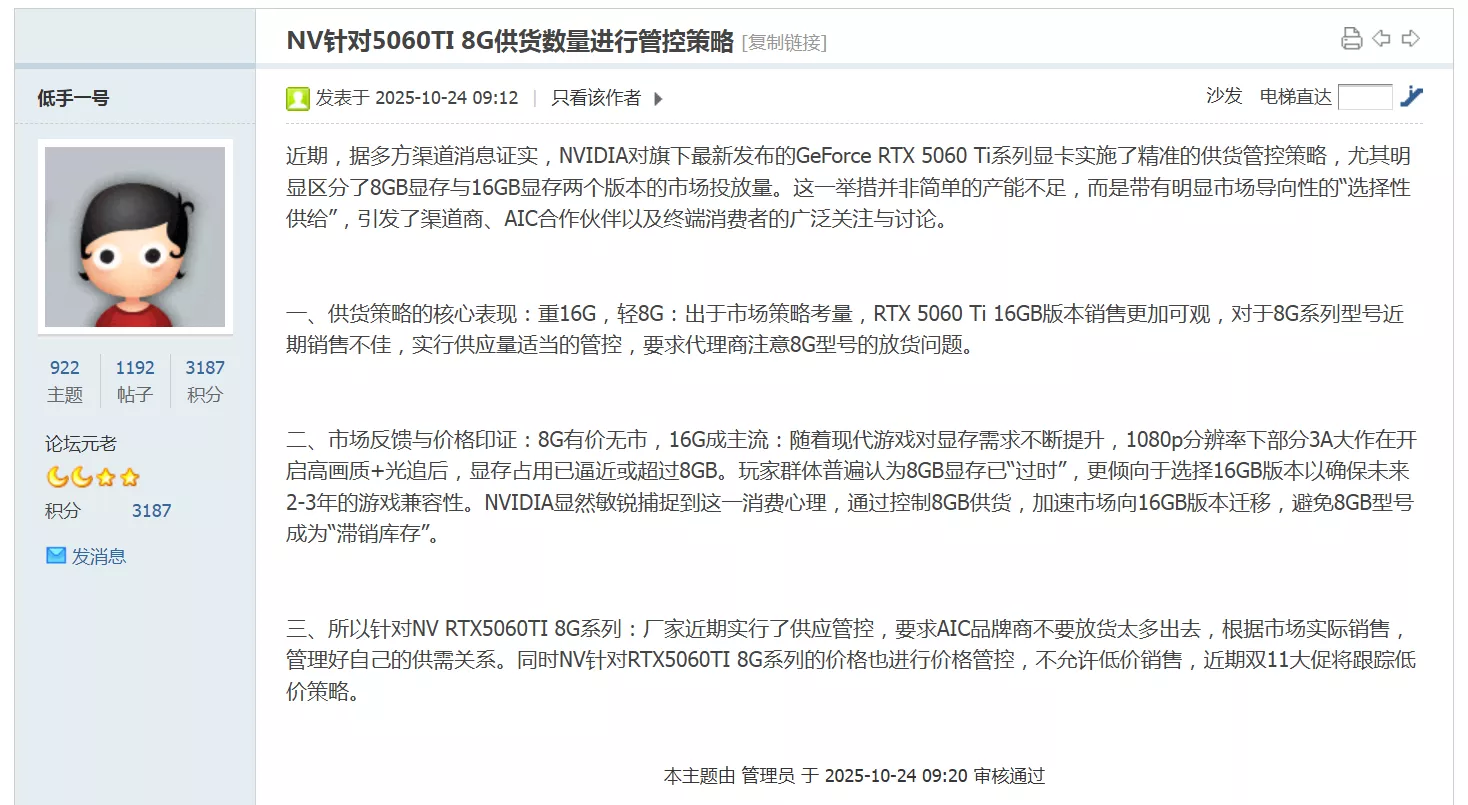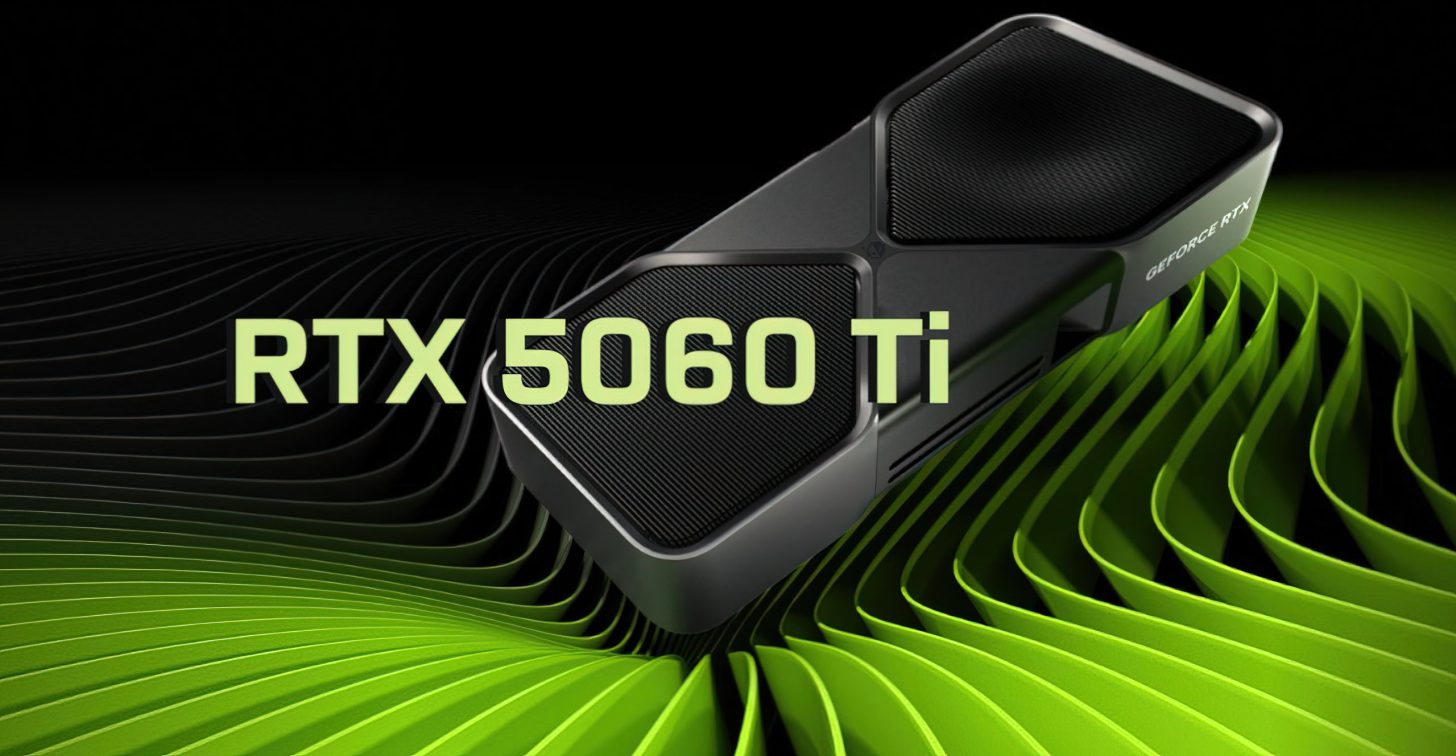Amidst a rapidly evolving graphics card market, NVIDIA is making strategic adjustments to its product lineup. The company’s decision to manage the supply of its GeForce RTX 5060 Ti 8 GB edition reflects current market demands and consumer preferences. With gamers showing a strong preference for higher VRAM capacities, NVIDIA is focusing on aligning its offerings to meet these expectations.
NVIDIA to Rein in Supply of Underperforming 8 GB RTX 5060 Ti
A notable discrepancy in demand between the 16 GB and 8 GB versions of the RTX 5060 Ti has prompted NVIDIA to take action. Reports suggest that the company is instructing its board partners to limit the supply of the 8 GB variant. This strategic move aims to prevent excess inventory from accumulating as the 8 GB cards struggle to attract buyers. Instead, emphasis is being placed on the more popular 16 GB edition, which aligns better with gamers’ needs for more VRAM.

Market Dynamics and Consumer Preferences
The ongoing stabilization of the RTX 50 series has seen the RTX 5060 Ti 16 GB edition become widely available at its suggested retail price. Costing only $70 more than its 8 GB counterpart, the 16 GB version is drawing greater interest from consumers. Competing options like the Radeon RX 9060 XT 16 GB, priced similarly to the RTX 5060 Ti 8 GB, further diminish the appeal of the lower VRAM model. As more intensive games demand over 8 GB of VRAM, particularly at 1440p resolution, players are opting for the 16 GB version for enhanced performance and longevity.
The Future of 8 GB Cards
The sales decline of the RTX 5060 Ti 8 GB highlights a broader trend in gaming hardware, where consumers are gravitating toward GPUs with higher VRAM capacities. Even with competitive pricing below $300, the RX 9060 XT 8 GB fails to capture substantial interest. Given this market reality, NVIDIA’s strategy to control the supply of the 8 GB model may prevent its price from falling below the manufacturer’s suggested retail price. This approach potentially incentivizes gamers to invest a bit more in superior GPUs with greater VRAM, aligning with the industry’s push toward more robust hardware solutions.
